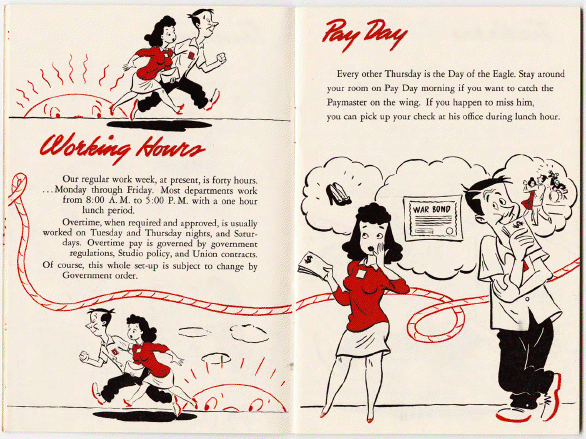Posted by Dwight Steward, Ph.D. |
U.S. Economy
The following states raised their minimum wage in 2014:
Connecticut: Connecticut’s hourly minimum wage will increase incrementally to $10.10 over the next three years.
Delaware: Delaware’s minimum wage will increase to $8.25 an hour, effective June 1, 2015.
Hawaii: Hawaii’s minimum wage will increase to $10.10 per hour over the next four years.
Maryland: Maryland raised its minimum wage to $10.10 an hour by July 2018
Massachusetts: A new law will gradually raise the minimum wage in the state to $11 per hour by 2017,
Michigan: A new law will increase the state’s minimum hourly wage to $9.25 per hour by Jan. 1, 2018
Minnesota: The state’s minimum wage increased on Aug. 1, 2014, to $8 per hour for large employers (>$500k in gross sales). to $9.50 on Aug. 1, 2016. Beginning in 2018, the wage will be indexed to inflation to a maximum increase of 2.5 percent per year.
Rhode Island: The state’s minimum wage will increase to $9 per hour, effective Jan. 1, 2015.
Vermont: The state’s minimum wage will rise to $10.50 an hour by 2018. After 2018, annual cost-of-living increases of either 5 percent or if it is lower, a rate calculated by the federal Department of Labor annually that is tied to the consumer price index.
West Virginia: The state’s hourly minimum wage will increase to $8 on Jan. 1, 2015, and increase to $8.75 the following Jan. 1, 2016.
Washington, D.C.: The Minimum Wage Amendment Act of 2013 will increase the district’s minimum hourly wage in three steps to $11.50 by July 1, 2016
-See more at: http://www.shrm.org/legalissues/stateandlocalresources/pages/states-minimum-wage-2014.aspx#sthash.YFK7jjgC.dpuf
![]()






